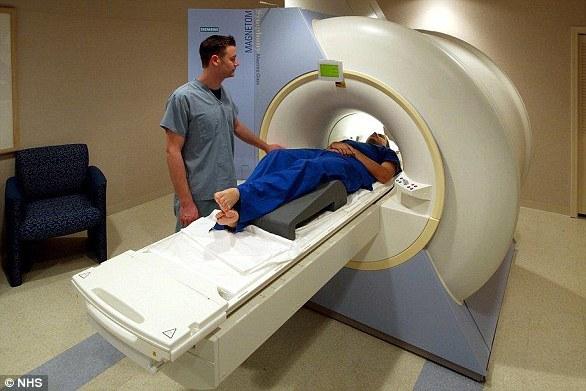MRI Accident Kills Elderly Man Carrying Oxygen Cylinder
- byDoctor News Daily Team
- 30 July, 2025
- 0 Comments
- 0 Mins

MRI accident kills an elderly South Korean man carrying oxygen cylinder according to KBC news.
The exact cause of the accident is not clear as there was no closed-circuit television (CCTV) in the MRI suite and police is investigating, according to KBS news.
It is reported that oxygen cylinder was already on the pallet on which the patient was brought into the suite. But during the scan, it was shifted about two meters and was sucked into the device thereby killing the patient, KBS News reported.
A police official quoted by KBS said,"When operating the MRI machine, there are usually no metal objects around it because of the strong magnetic force". "The hospital also knew about this but explained that the patient was in critical condition at the time and could not [be taken] off the oxygen cylinder."
Magnetic resonance imaging, or MRI uses a powerful magnetic field, radio waves, rapidly changing magnetic fields, and a computer to create images that show whether or not there is an injury, disease process, or abnormal condition present.
It is the preferred procedure for diagnosing a large number of potential problems or abnormal conditions that may affect different parts of the body.
The powerful magnetic field of the MR system can attract objects made from certain metals (i.e., known as ferromagnetic) and cause them to move suddenly and with great force.MRI machines are equipped with magnets so powerful that metallic objects in the vicinity of the machine can turn into lethal projectiles.
In a similar accident, in 2018 an Indian man died after being sucked into an MRI machine in Mumbai when he entered the room carrying an oxygen cylinder.The 32-year-old man visiting his mother-in-law in Nair Hospital in Mumbai was killed as the metal detector in the room wasn't reportedly working properly and that a hospital staff member was on the phone when the accident occurred.
Disclaimer: This website is designed for healthcare professionals and serves solely for informational purposes.
The content provided should not be interpreted as medical advice, diagnosis, treatment recommendations, prescriptions, or endorsements of specific medical practices. It is not a replacement for professional medical consultation or the expertise of a licensed healthcare provider.
Given the ever-evolving nature of medical science, we strive to keep our information accurate and up to date. However, we do not guarantee the completeness or accuracy of the content.
If you come across any inconsistencies, please reach out to us at
admin@doctornewsdaily.com.
We do not support or endorse medical opinions, treatments, or recommendations that contradict the advice of qualified healthcare professionals.
By using this website, you agree to our
Terms of Use,
Privacy Policy, and
Advertisement Policy.
For further details, please review our
Full Disclaimer.
Tags:
Recent News
Only 31 percent families of doctors who died battl...
- 06 November, 2025
NEET 2025: MP DME releases mop up round allotment...
- 06 November, 2025
PG Medical Admissions 2025: CEE Kerala publishes f...
- 06 November, 2025
Daily Newsletter
Get all the top stories from Blogs to keep track.


0 Comments
Post a comment
No comments yet. Be the first to comment!